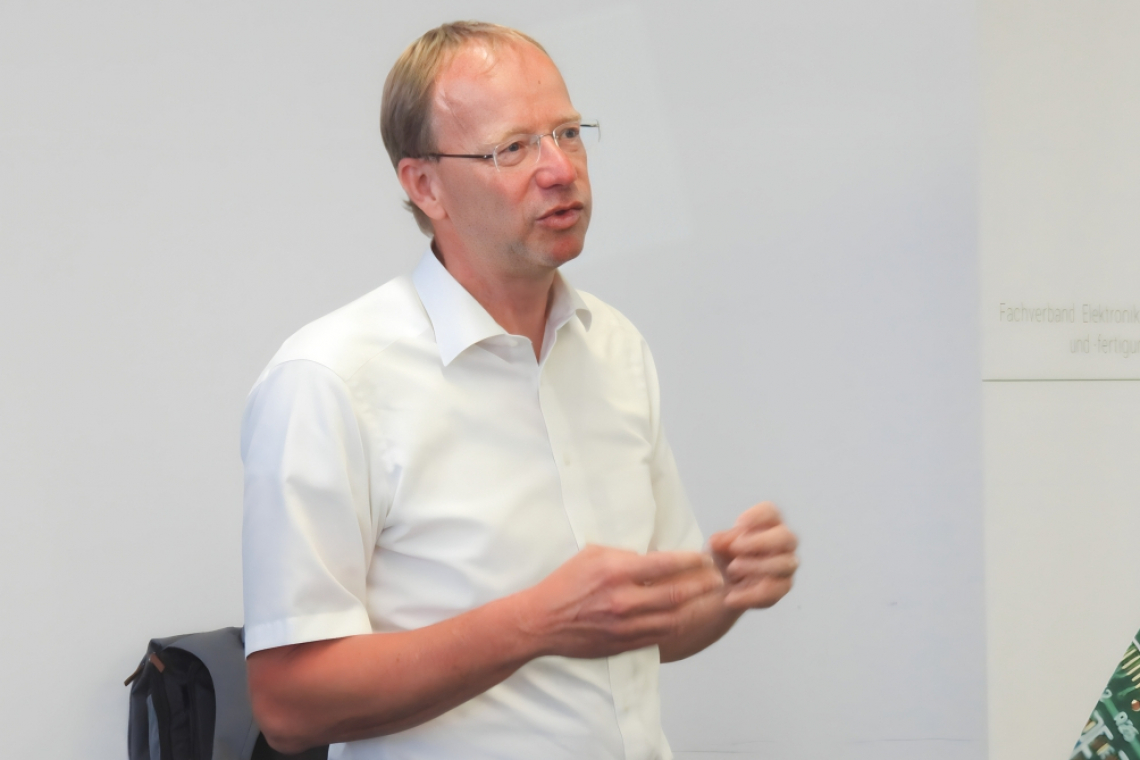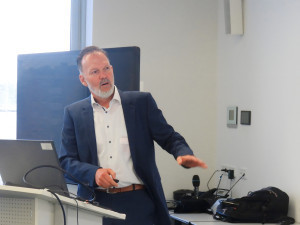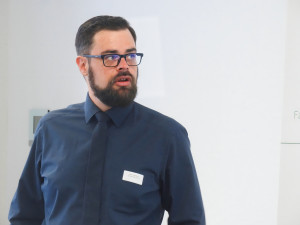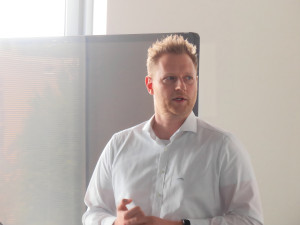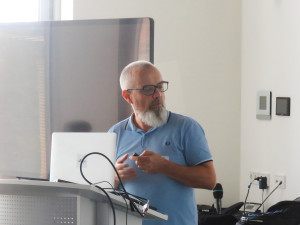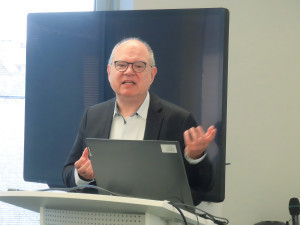The FED (Fachverband Elektronikdesign und -fertigung) and the Nuremberg Institute of Technology organized a technology day on current research projects and initial industrial applications of additively manufactured 3D electronics. In addition, their classification and suitable EDA tools were discussed and an accompanying trade exhibition with poster session was offered.
What is possible beyond traditional electronics and what applied research is looking into was discussed at the 'Electronics goes 3D - Disruptive innovations open up new applications' specialist event at Nuremberg Tech. Shortly beforehand, the FED working group on 3D electronics had published a white paper on the classification of additive manufacturing processes in order to support manufacturers and users in the selection and classification of 3D electronics concepts.
After the official opening and welcoming of the more than 80 participants by the two moderators Markus Biener, Zollner Elektronik and FED Regional Group Nuremberg, and Hanno Platz, GED Gesellschaft für Elektronik und Design and head of the FED Working Group 3D Electronics, there followed a welcome address by the host Prof. Dr.-Ing. Marcus Reichenberger, Institute for Chemistry, Material and Product Development at Nuremberg Institute of Technology, who then presented his institute and its activities.
Eight presentations offered a good overview and outlook
Wolfgang Mildner, MSW Tech, explained that electronics are becoming 3D electronics and showed the path from printed electronics to 3D structural electronics. Printed electronics is a platform technology with which thin, flexible and lightweight components and systems can be realized, which requires special plastic and metal materials as well as production technologies. Wolfgang Mildner discussed the OE-A roadmap (of the Organic and Printed Electronics Association) for printed electronics and 3D structural electronics, which points to the future, and noted that no one can achieve this alone and that collaboration is therefore required.
Julian Schirmer, Carl Zeiss SMT, presented his doctoral project MecDruForm for the production of mechatronic modules based on plastic films by combining printing, forming and injection molding technologies. The circuit layout is transferred to films using screen printing and electrically functionalized. SMDs are then assembled using standard connection technologies (soldering and conductive bonding) to create functional 2D circuit carriers. In further steps, these are converted into a 3D shape by high-pressure forming and protected by injection molding. Julian Schirmer addressed the challenges posed by the stresses involved in forming and overmolding. Among other things, the electrical and mechanical properties of chip resistors on different polymer substrates were examined depending on the position. The results and a functional demonstrator were presented.
With the title 'Introduction to 3D Printed electronics', Dr. Rolf Baltes, J. A.M.E. S., gave a brief introduction to AME technology (Additively Manufactured Electronics), highlighting its advantages and the associated challenges. AME opens up completely new design possibilities, leading to a move away from printed circuit boards towards 3D structures.
Michael Schleicher, Semikron Danfoss and FED working group 3D electronics, provided information on the classification of 3D electronics. The working group has collected and prepared the knowledge on these new technologies for its members and interested experts. The classification has been agreed in discussions with institutes and industry partners and has now been published in the form of a white paper. The 26-page white paper defines five classes of electronics integration with additive manufacturing processes. It also looks at the opportunities and market potential of additive manufacturing processes and identifies suitable eCAD tools and data formats as future fields of work.
The processes of 'Scalable 3D Printed Electronics - From Development to Series Production' were examined by Dr. Martin Hedges, Neotech AMT. Printing, pre- and post-processing techniques are combined with SMD technologies to enable digitally controlled 3D electronics production. The process chains can be easily reconfigured to realize product changes quickly and are scalable up to high volume production. The selection of optimal printing, pre-processing and post-processing methods was discussed and current applications were presented.
At Nuremberg Institute of Technology, the IGF research project 'PrESens' investigated the use of innovative printing methods and processes to create functional structures on individual components. Yevgeny Roudenko, THN, presented the project, which focused on the production of resistive sensors (strain or temperature sensors) on 2D and 3D objects. The integration of resistive sensors in gears, machine elements, support structures, etc. enables continuous monitoring of mechanical and thermal loads during operation and can be used for predictive maintenance.
The Tinker project aims to develop a new cost- and resource-efficient way of manufacturing radar and lidar sensors. Dr. Pavel Kulha, ProFactor, described this and the pilot plant designed for it in his article "Tinker EU - Sensor package fabrication via additive manufacturing for automotive sector". The proposed solution offers a high degree of flexibility and reliability due to its modular nature.
Valentin Storz, Nano Dimension, provided information on the additive manufacturing of electronics (AME) and its status, prospects and applications. The applications of AME technology are diverse and now extend to the production of series products. Sensors, antennas, printed 3D circuits, wearables, medical devices, robots and electronic assemblies for the aerospace industry are realized with it. A particular advantage of additive manufacturing is that it can be used to create complex and innovative designs and products that would not be possible using conventional methods.
Practical up to series production
The conclusion of the first 'Electronics goes 3D' symposium is that the new AME technologies have enormous potential and, despite the challenges that still exist with regard to design tools, are now suitable for practical use right through to series production. The necessary processes, materials and equipment are available.

